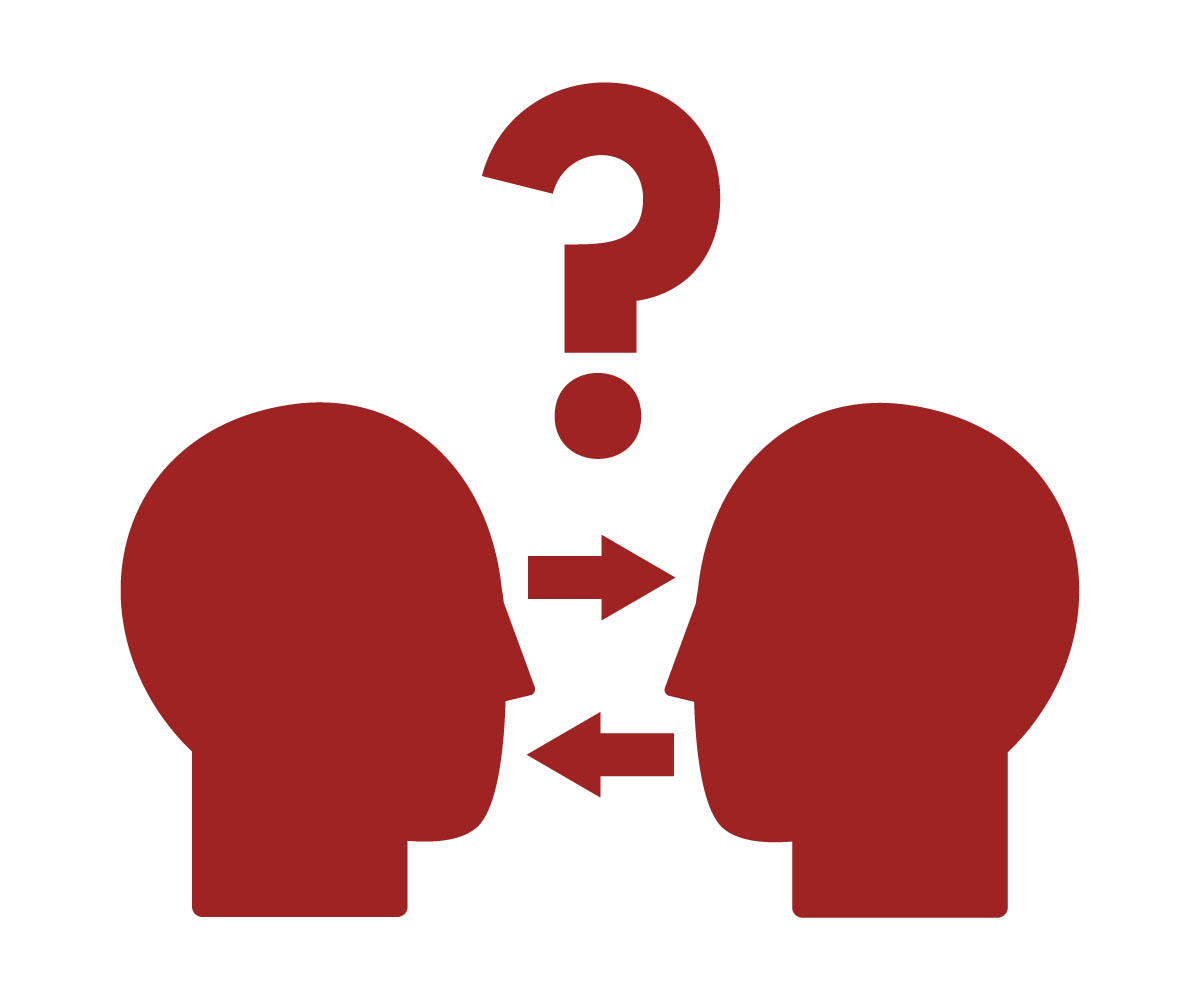“Connect before Correct.” Technically, I found a rock that had the words “Connect b4 correct” written on it in blue paint. The once-bright blue had faded over time. The rock was given to our family years ago when my child was in preschool. “Connect b4 correct” was a theme of a parent-education night at our cooperative pre-school. Now, years later, I found this rock as the calendar turned to November.
Throughout the month of November & now into December, this theme keeps coming back up. Whether I am talking to mental health case managers, teachers, outreach workers, supportive housing professionals, nephrology social workers, or parents, this theme resonated with all audiences. Connect before Correct is applied to my de-escalation trainings and de-escalation consultations.
All humans want connection. Other creatures want connection – I was reading about research of cat behavior. Cats prefer “connection” – with humans, notably – over everything else, even food. They just may not consistently display obvious signs of that preference to us.
It’s the same with people. We want to have a Connection, in general. We definitely want a Connection before someone/anyone offers us a Correction. Think about it: it doesn’t matter if the Correction is coming from someone you know & love & trust or if it were a stranger, we are resistant to being offered any Correction before a Connection.
Here’s a simple example: The phrase “Calm Down.” Do you calm down when someone says to you “Calm Down”? I don’t. At least initially. I know that I am likely to quietly dismiss that phrase when it comes from someone else. Even people I trust. I’d rather someone Hold Space for me to be upset while they Model Calmness and Quiet Support. That is the Connection. I am more likely to to be led towards the Correction via their Modeling and Mirroring. It’s far more influential upon my behavior than taking a short cut and telling me to “Calm Down.”
I say “Short Cut” because it seems easy to simply utter for a second “Calm Down.” It takes slightly more thought (mindfulness) and effort (displaying behavioral control & self-regulation) to embody calmness and holding space for another when they upset. Yet it is the repetitive, consistent practice of that mindful behavior over time that assists us with developing a naturalness and effortless-effort to be able to Model Calm.
What’s more, it is empowering to be able to embody the calm and to develop one’s awareness of their own personal experience of their own self-control and self-regulation. This full experience, therefore, stands to reinforce our learning and makes it much more validating & motivating to keep repeating the behaviors we want to display.
I invite you to think about ways to offer, initiate, and, consistently display Connections ahead of Corrections. Feel free to share examples of your successes and your struggles with me.
Additionally, if you have questions about some of the words and phrases that I’ve capitalized in this blog entry, please write to me. I’m happy to elaborate more about any of these terms and concepts in another blog or potentially in a consultation or presentation for you and your team.
Thank you for taking some of your valuable time read this.
Be well,
Marty

